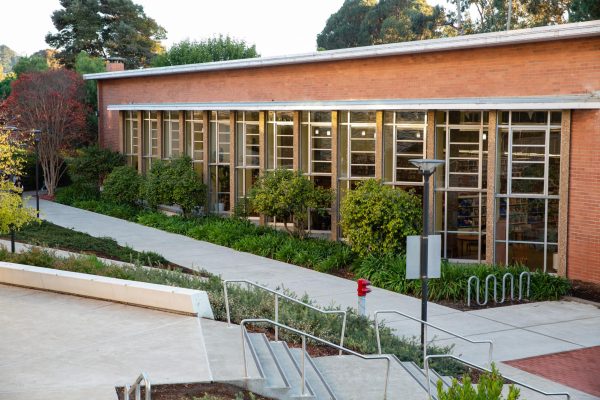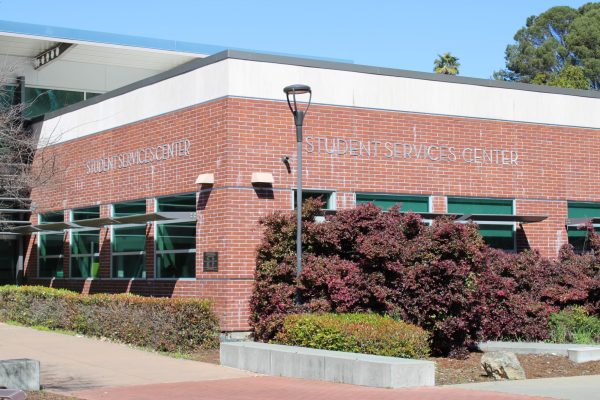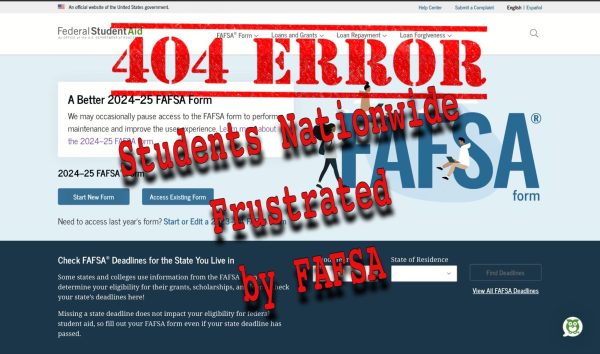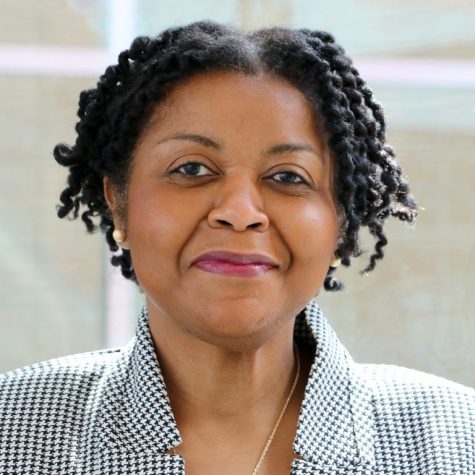FTES totals continue to dwindle, college set to receive $1.4 million
Funding from state hopes to boost declining student headcount, close achievement gap
September 9, 2014
The number of students enrolled at Contra Costa College for the 2014 fall semester has declined by 1 percent since last fall, bringing the current deficit to 3.2 percent since 2012. Enrollment district wide is less than it was during the fall 2013 semester by 0.8 percent.
Dean of Students Vikki Ferguson said, “While enrollment is down, we (CCC) are in a mode where we can be innovative with our ideas to improve educational resources to maintain the students we do have and see what we can do to increase that number.”
One Full-Time Equivalent Student, the measure for how the state funds community colleges, represents a single student who is enrolled and taking a course load of 15 units.
Admissions and Records Director Catherine Fites said that the apportionment of our FTES is how the college is funded.
“When our FTES is down, it is because there are not enough students enrolled,” she said.
Ferguson said that due to the downward trend in enrollment numbers the district has had to enter a “state of stability” in order to capture growth funding from the state.
“A state of stability is when the state (California) pays the college (CCC) at the highest rate of funding possible, even if there is a dip in enrollment,” she said.
While in this state of stability, the state grants the college additional time to bring enrollment up and, ultimately its FTES, or risk losing that growth funding.
Director of Business Services Mariles Magalong said that CCC’s base FTES target for 2014-15 is 5,581. According to the Fall 2014 Enrollment Report, CCC had 2,509.9 FTES as of Aug. 8.
CCCCD Vice Chancellor of Finance Jonah Nickolas said CCC had to borrow 475 FTES from the summer because the college was short of its base target of 371 by the end of the spring 2014 semester.
Nickolas said, however, because of the new Student Success and Support Program (SSSP) and Student Equity (SE) there has been an additional $4.1 million allocated to the existing district budget.
Ferguson said students can access SSSP through the Insite Portal. SSSP is a statewide resource that students can access to schedule assessment tests, educational plans and college orientation.
CCC Vice President Tammeil Gilkerson said that the statewide SE program adopted the model put in place by the Extended Opportunity Programs and Services (EOPS) established in the 1960s.
“It is an amazing program focused on student equity. (EOPS) helps low-income, first generation college students, which is what a lot of our students are,” she said.
Nickolas said that CCC will receive $867,000 (from SSSP) and 346,000 (SE) to be used to create the $1.4 million in allocated funds.
He said that this is the first time the state has provided the district additional funding even if enrollment has continued to drop over the last two years.
Gilkerson has been focused on improving the low enrollment figures and raising FTES through the Student Success Act of 2012 (SSA) and closing the achievement gap.
SSA mandates that incoming students at community colleges in California who complete orientation and assessment, meet with a counselor, declare a major and establish a comprehensive educational plan will be given a higher priority to register for classes than returning students who have an excess of 100 units or more.
“If we can help students stay persistent in academics and (continue at CCC), we do more to increase enrollment because (just) bringing in more bodies is not the answer,” Gilkerson said.
“Getting students thinking about taking more units and actually completing them will help our enrollment rate and also make our students more successful.”
She said that if CCC focuses more heavily on student success by providing proper guidance and support, it would eventually drive enrollment in the right direction to fund the colleges’ future.











